1971 Royal Sprite, built by Silver Seiko in Japan.
Joe in his later civilian years, selling Skampers to Yankees.
Grandad’s Kodak Pony 135 and a Gossen Pilot light meter (The Pony has *no* light metering)

The front lens assembly is “collapsable” so you need to twist and pull the lens out of the body before you can use it.

Top knobs, film wind, film rewind, frame counter (you manually set it to “0” after loading film) and a dial that’s not hooked to anything, but you’re supposed to set it to remind you what film is loaded. All the options listed are long discontinued.
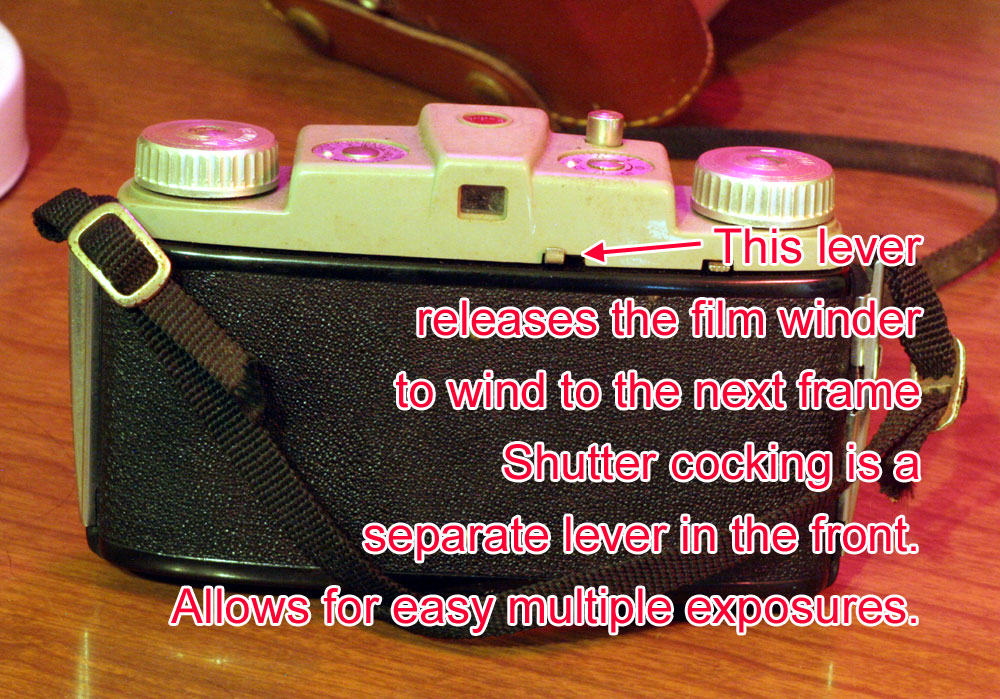
 The Pony 135 is a simple, all-mechanical “zone focus” camera (the viewfinder has no focusing/rangefinding aids), made mostly of Bakelite and stamped steel. The lens aperture is adjustable from F4.5 to F22 and the shutter is adjustable from “Bulb” to 1/200ths of a second. There is a remote shutter release post, but I don’t recognize the connector needed. It looks cheaply-made but feels quite solid, and this particular example works perfectly despite it’s age and general wear. These Bakelite Kodaks aren’t always so lucky. It takes standard 35mm film, but I haven’t found any way to set the film speed. Probably no point in trying, as it has no light meter, and thus does no calculations that would require knowing the film speed.
The Pony 135 is a simple, all-mechanical “zone focus” camera (the viewfinder has no focusing/rangefinding aids), made mostly of Bakelite and stamped steel. The lens aperture is adjustable from F4.5 to F22 and the shutter is adjustable from “Bulb” to 1/200ths of a second. There is a remote shutter release post, but I don’t recognize the connector needed. It looks cheaply-made but feels quite solid, and this particular example works perfectly despite it’s age and general wear. These Bakelite Kodaks aren’t always so lucky. It takes standard 35mm film, but I haven’t found any way to set the film speed. Probably no point in trying, as it has no light meter, and thus does no calculations that would require knowing the film speed.

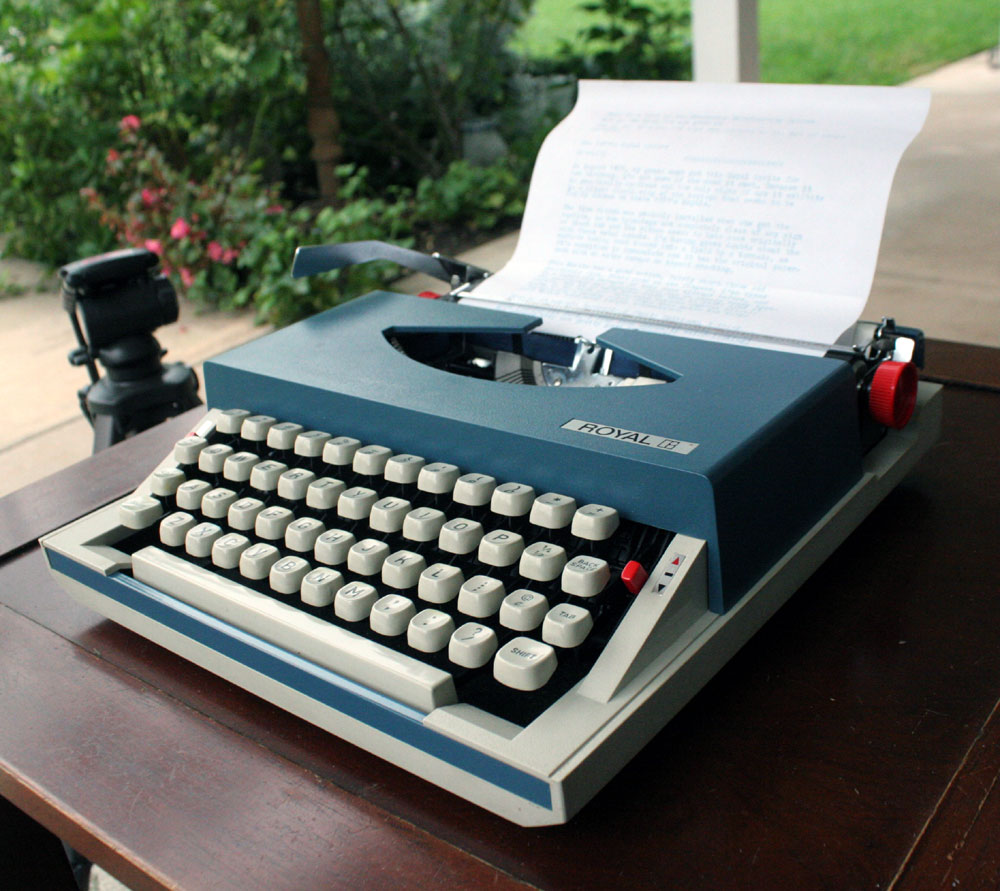





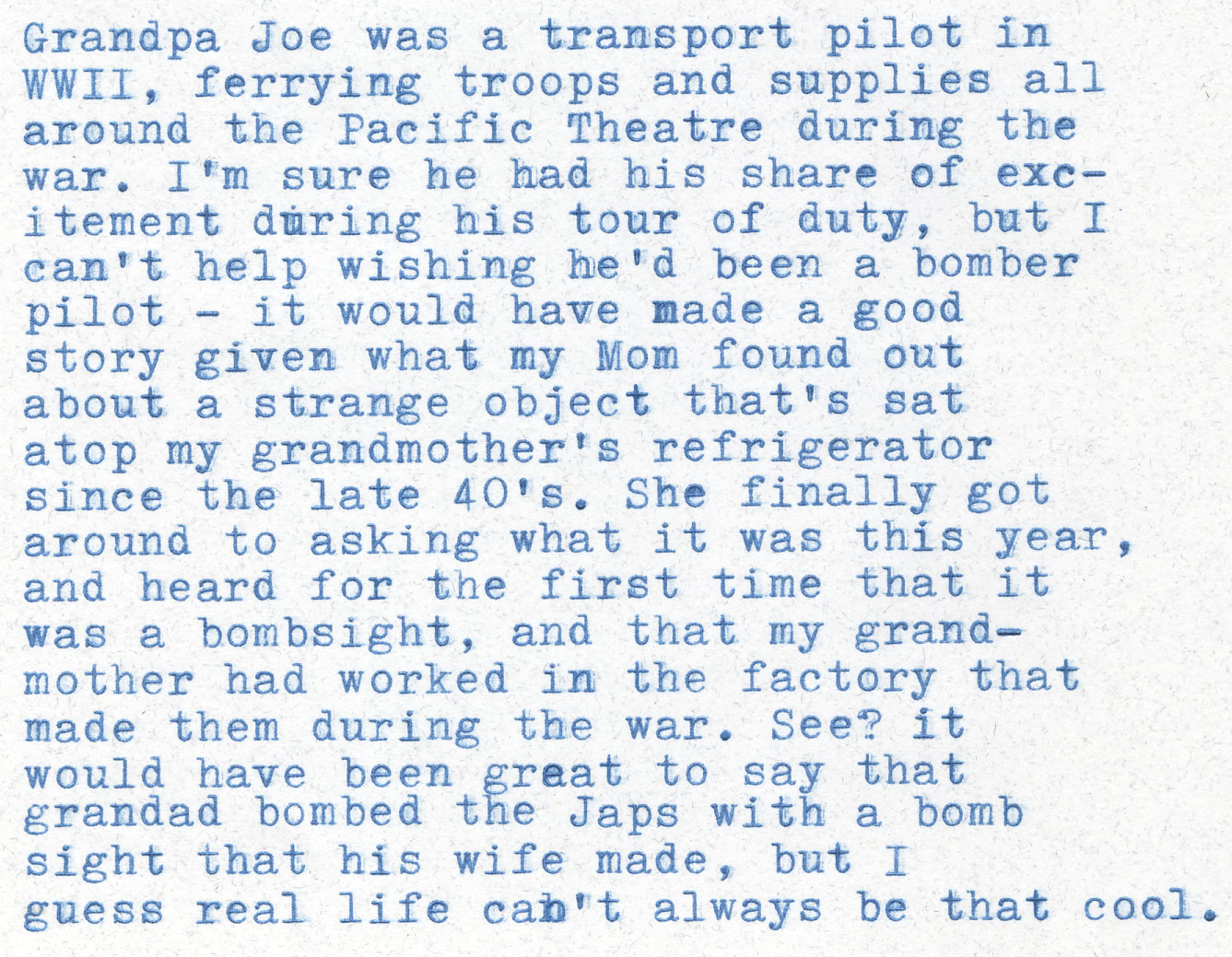



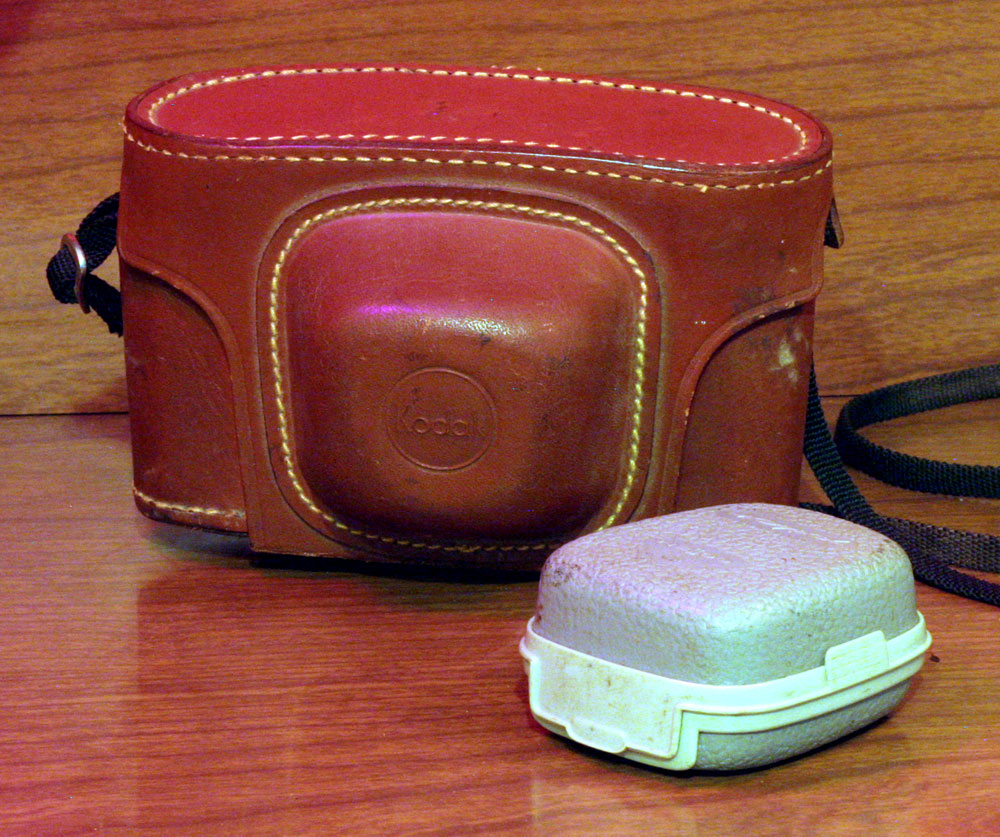
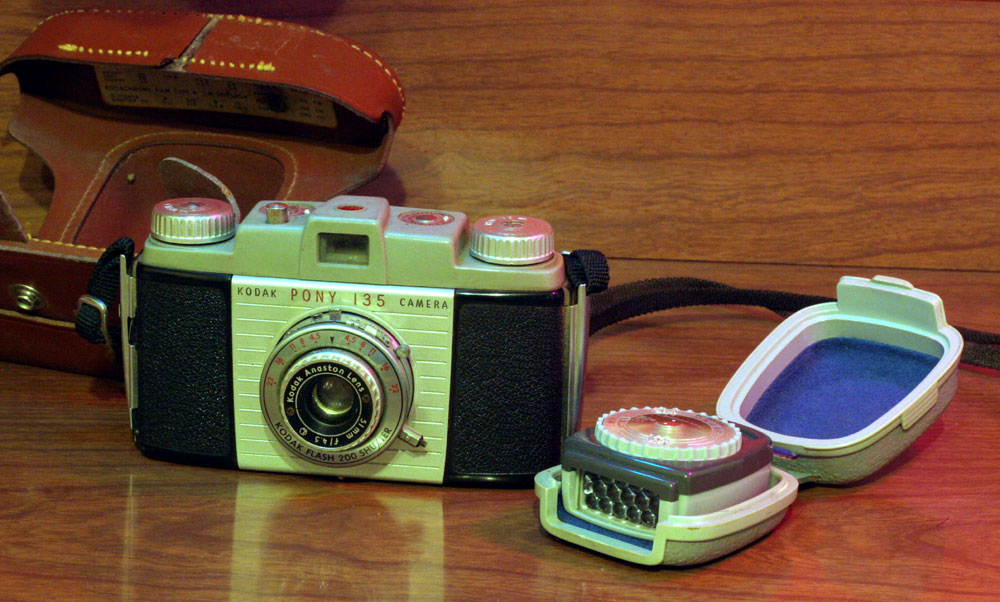
Your Pony has a much better story than mine. Lucky you!
You’re right, no need for a film speed setting since you’ll set that on your meter. I had pretty good luck with a roll of Tri-X 100. Results here: https://plus.google.com/u/0/photos/109968658991754579345/albums/5962176339966303601
Sweet little cameras. They’re the reason I decided to get into the darkroom and learn more about film photography.
Oh, I remember that session, at the botanical gardens when they had an exhibition going on. I didn’t realize that was a Pony. :D
I’m impressed with the quality and composition you got out of it, makes me excited to see what I’m going to get (still on the first roll)
Great post! Family history is pretty interesting; it’s a shame that I don’t know more about mine. I did see an article talking about a WW2 sailor that was saved from drowning by a life jacket that his mother had inspected at the factory! I have my grandfather-in-law’s Nikon Nikkormat FTN that he used in Vietnam, and I actually had you and your photography bouncing around in the back of my mind when I started studying to shoot 35mm film! I am looking for a replacement battery for the built-in light meter on his camera…. Any suggestions?
for the Nikons, I use a common 675 Zinc-Air hearing aid battery. You’ll have to pad the battery compartment to keep it from moving around (675’s are much smaller than the old Mercury-filled and now illegal original battery).
A PX625 will work too, but is not common, and much more expensive. Just remember to adjust the ISO a stop to account for the slightly stronger current of the newer batteries. A zinc-air battery won’t last long (not much more than 2-3 months) mainly because it starts discharging as soon as they are exposed to air, but they’re cheap and easy to find.
This is great. I love lo-tech with a personal back story. The fishing photo is precious!
Gossen Pilot? In any case related to the Gossen typewriter?
Nice story and nice memories. Something to treasure!
Wouldn’t surprise me. It’s German-made:
http://www.jollinger.com/photo/meters/meters/gossen_pilot.html
Nice story. The post sticking out from the right of the lens is the connector to the flash holder. The shutter was synchronized for type M flash bulbs. Here is a picture of a flasholder plugged into a Pony 135: https://flic.kr/p/GrFqbr